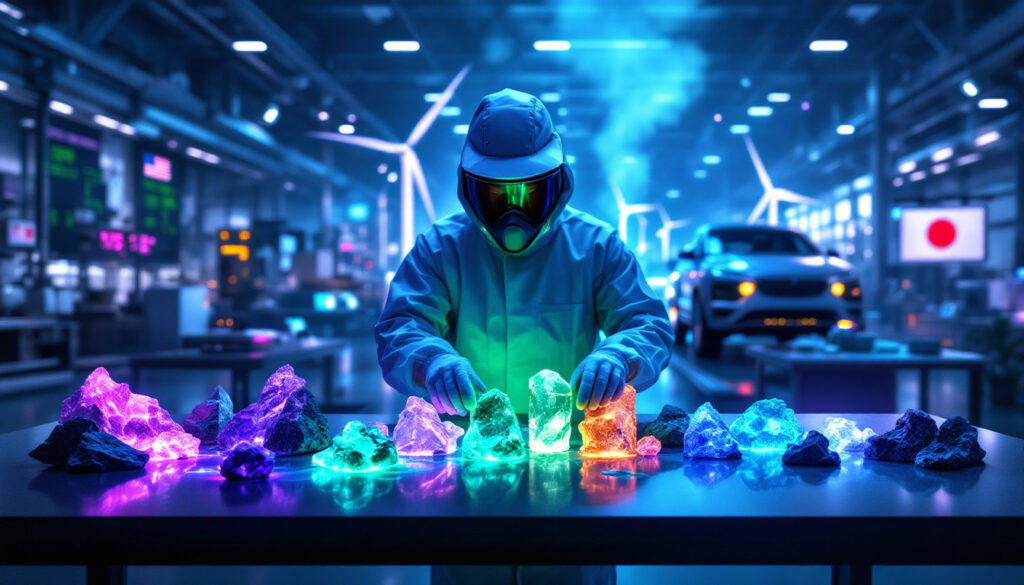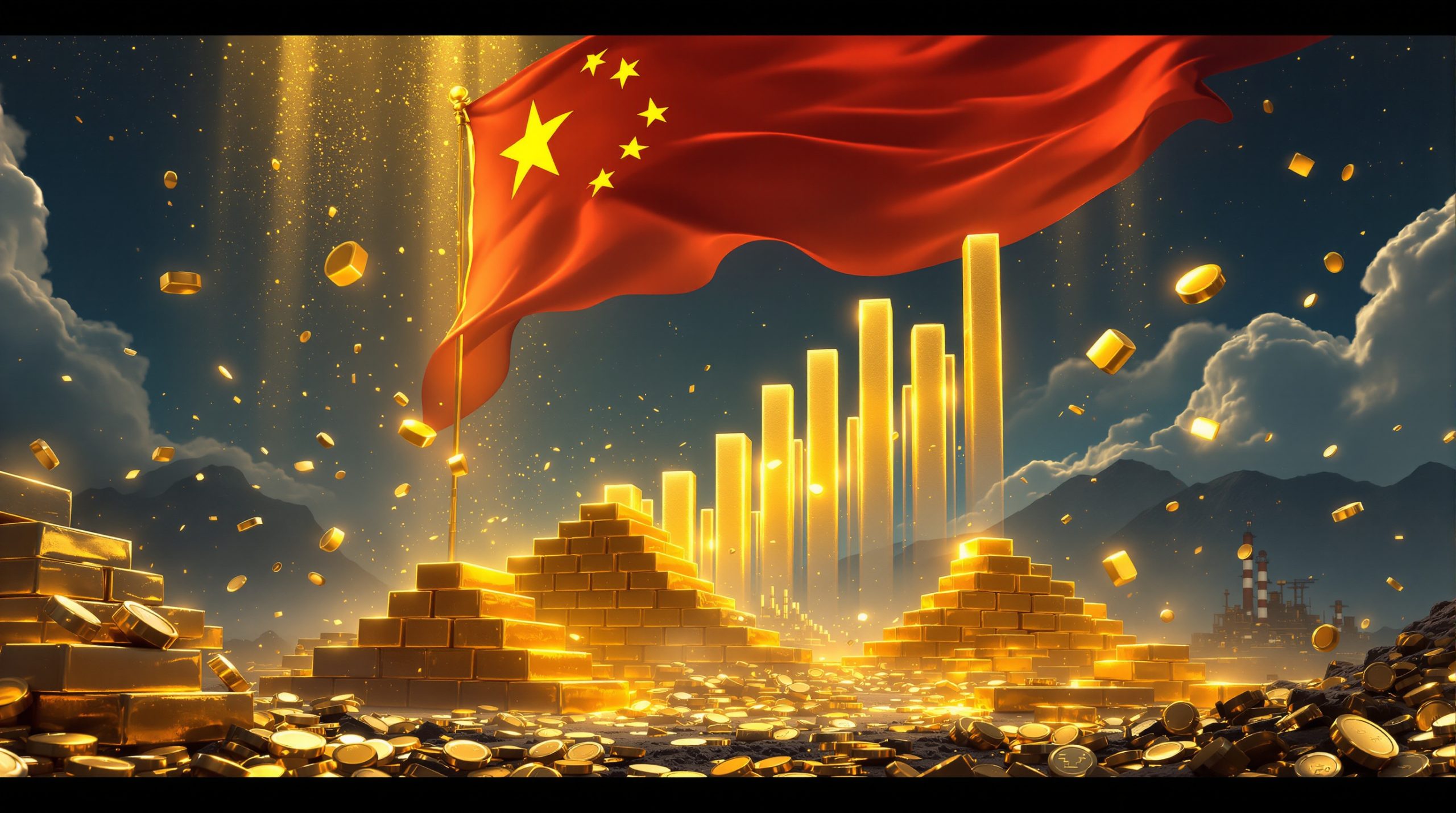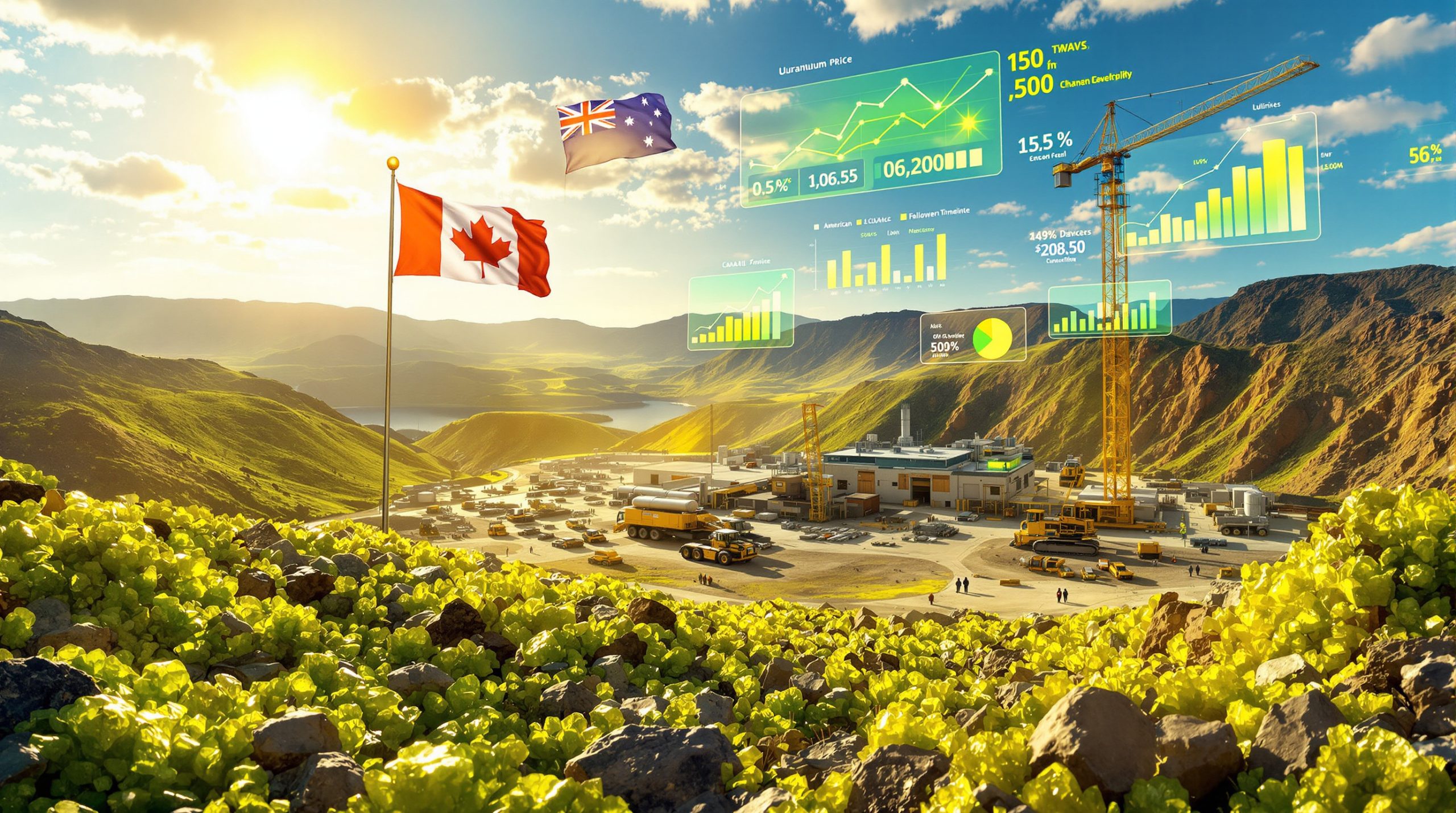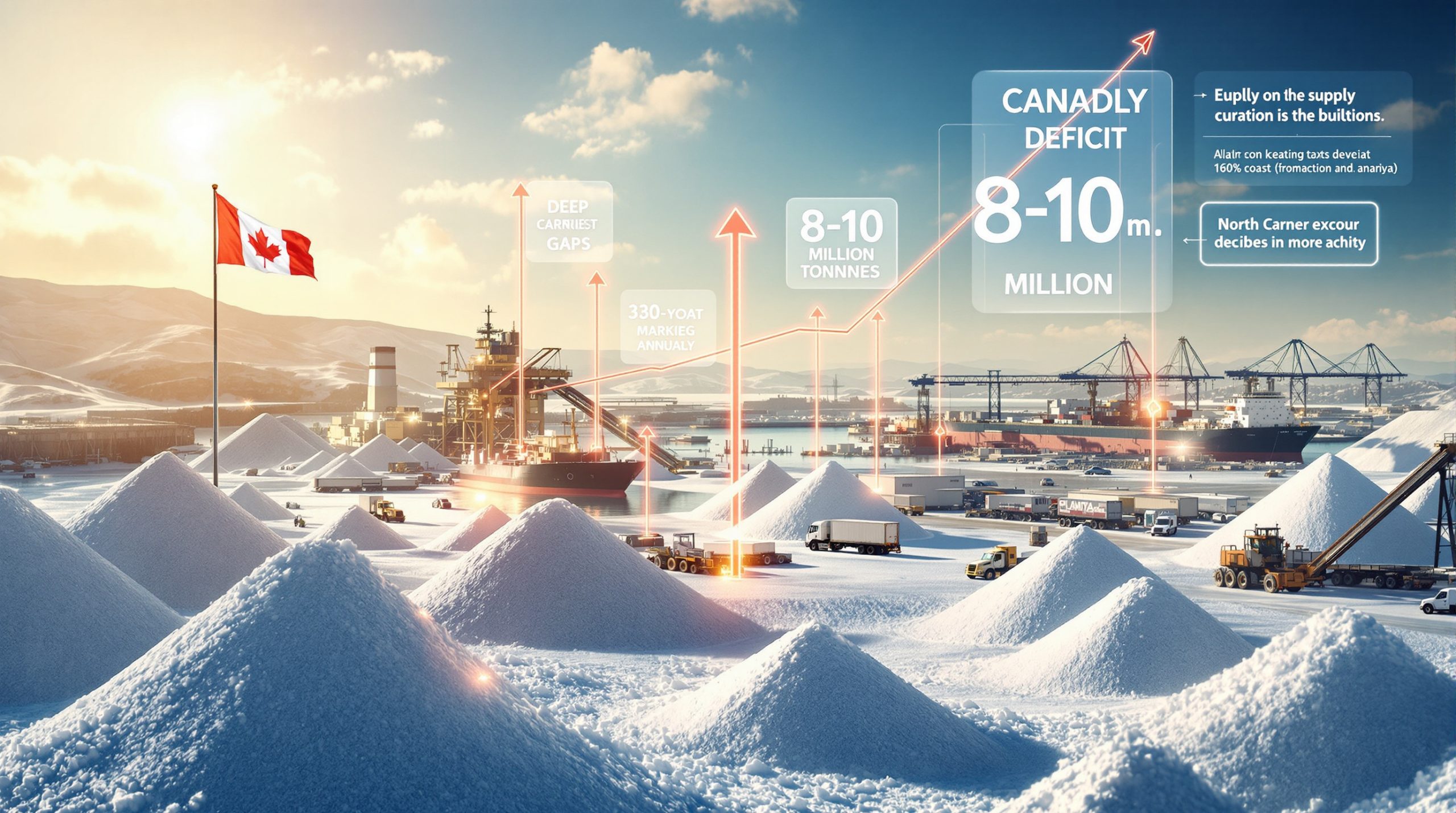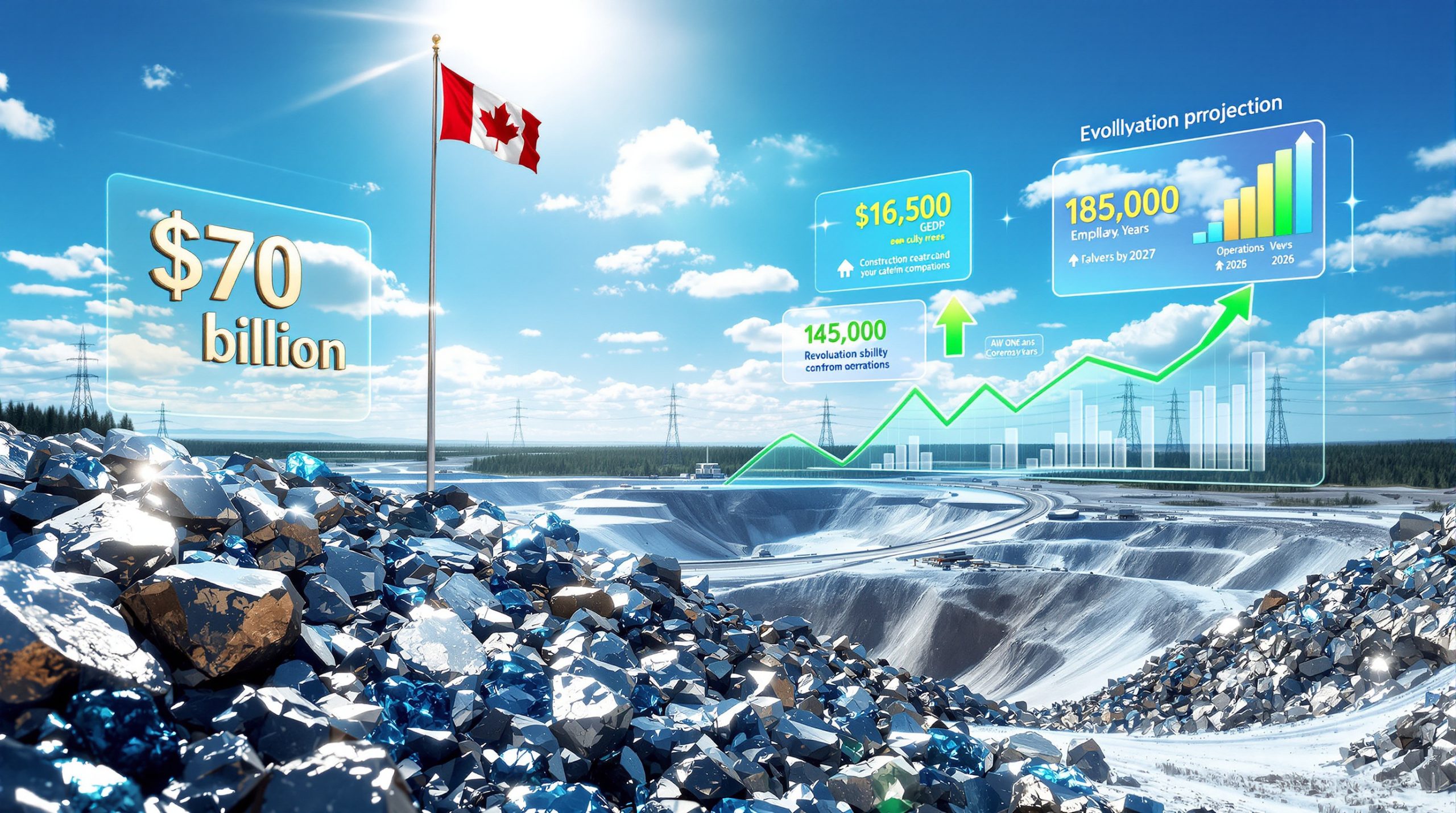Phoenix Tailings: Pioneering Sustainable Rare Earths Processing in the Global Supply Chain Era
Phoenix Tailings has emerged as a transformative player in the rare earths processing sector, leveraging innovative, zero-emission technologies to address critical supply chain vulnerabilities. With $76 million in Series B funding from investors like Sumitomo Corporation and Builders Vision, the Massachusetts-based startup is positioned to challenge China's dominance in rare earths refining. This report analyzes Phoenix Tailings' technological advancements, investment landscape, and strategic role in reshaping global rare earth reserves while adhering to rigorous environmental standards.
What is Phoenix Tailings and Why are Sumitomo and Builders Vision Investing?
Phoenix Tailings specializes in extracting rare earth elements (REEs) from both mined ore and recycled materials using a proprietary, emissions-free process. Unlike conventional solvent extraction methods—which have dominated the industry since the 1950s and rely on toxic chemicals—Phoenix's technology eliminates nearly all environmental byproducts, addressing one of the primary barriers to domestic rare earths production in Western nations.
The company's breakthrough approach represents a paradigm shift in an industry that has long struggled with ESG challenges in mining. Traditional rare earths processing typically produces significant amounts of acidic wastewater and radioactive byproducts, environmental concerns that contributed to the industry's migration to China where regulations were historically less stringent.
How Phoenix Tailings is Disrupting the Rare Earths Industry
Phoenix's zero-waste approach stands in stark contrast to conventional methods that have remained largely unchanged for decades. By eliminating the environmental footprint associated with rare earths processing, the company has created a compelling case for reshoring these critical capabilities to the United States and other Western nations.
The technology not only addresses environmental concerns but also offers economic advantages. Internal company data suggests Phoenix's process requires approximately 30% less energy input than traditional methods, potentially providing a competitive edge in an industry where margins can be tight.
Key Statistics & Data
-
Funding Milestones:
- Series A (August 2021): $10 million
- Series B Tranche 1 (December 2024): $43 million
- Series B Tranche 2 (April 2025): $33 million, totaling $76 million
-
Production Capacity: Initial output of 200 metric tons annually from its Exeter, New Hampshire facility, slated for late 2025 operations
The Environmental Advantage
Traditional rare earths processing generates approximately 2,000 tons of waste for every ton of rare earth oxides produced, according to industry estimates. Phoenix's proprietary technology reduces this waste stream by over 95%, creating a near-closed-loop system that recycles reagents and minimizes discharge.
This environmental advancement makes Phoenix Tailings particularly attractive to forward-thinking investors like Builders Vision and Sumitomo, who recognize that future regulatory frameworks will likely favor low-emission production methods as global sustainability standards tighten.
Who Are the Key Investors Backing Phoenix Tailings?
The caliber of Phoenix Tailings' investor base reflects strong confidence in both its technology and market positioning. The diverse group spans industrial conglomerates, impact investors, and strategic manufacturing partners, creating a robust foundation for the company's growth.
Strategic Investment Partners
Sumitomo Corporation's Strategic Play
Japan's Sumitomo Corporation, through its Presidio venture arm, has made a strategic investment in Phoenix Tailings as part of a broader push to secure rare earths supply chains outside of China. As a major industrial conglomerate with interests across manufacturing sectors that rely on rare earths, Sumitomo's involvement signals confidence in Phoenix's technology and business model.
The investment aligns with Japan's national strategy to reduce dependency on Chinese rare earths following a 2010 export restriction crisis that severely impacted Japanese manufacturers. Sumitomo brings not only capital but also potential off-take agreements and distribution channels throughout Asia.
Builders Vision's Impact Investment
Builders Vision, an impact investment fund founded by Lukas Walton with approximately $2 billion in assets under management, has also backed Phoenix Tailings. The fund focuses on companies that deliver both environmental benefits and commercial potential—exactly the profile that Phoenix presents.
"Phoenix Tailings exemplifies the kind of transformative technology we seek to support," noted a Builders Vision representative. "Their approach addresses an environmental challenge while strengthening domestic supply chains for critical materials."
Additional Investment Partners
The investor consortium includes several other notable organizations:
- Yamaha Motor: The Japanese manufacturer has strategic interests in securing rare earths for electric motors in its vehicles and marine products
- Envisioning Partners: A Korean venture firm specializing in deep tech investments
- MPower Partners: Japan's first ESG-focused venture capital fund
- Escape Velocity: Early-stage venture firm focusing on climate technology
This diverse investor base provides Phoenix with connections across multiple industries and geographic regions, potentially accelerating market penetration and technology adoption.
What Does the $76 Million Series B Funding Mean for Phoenix Tailings?
The substantial Series B funding represents a vote of confidence in Phoenix Tailings' technology and growth trajectory. It provides the capital needed to move from laboratory-scale demonstrations to commercial production.
Breaking Down the Investment Rounds
Recent Funding Milestones
The company's funding history shows accelerating investor interest:
- August 2021: $10 million Series A
- December 2024: $43 million (first tranche of Series B)
- April 2025: $33 million (second tranche of Series B)
- Total Series B: $76 million
This funding progression—from $10 million to $76 million in less than four years—indicates strong validation of the company's technology and growing market demand for alternative rare earths sources.
How Will the Funding Be Used?
The Exeter, New Hampshire Facility
A significant portion of the funding—approximately $13 million—will support construction of a production facility in Exeter, New Hampshire. This strategic location offers several advantages:
- Proximity to research partnerships with northeastern universities
- Access to skilled chemical engineering workforce
- Supportive state policies for advanced manufacturing
- Logistics connections to industrial customers
The facility is designed to produce 200 metric tons of rare earths annually in its initial phase—focused primarily on high-value elements like neodymium, praseodymium, and dysprosium—with operations scheduled to begin in late 2025.
While modest compared to global demand, this initial capacity represents a critical proof-of-concept for the company's commercial-scale operations. Internal company projections suggest expansion to 1,000+ metric tons annually by 2027, pending successful operation of the first phase.
Why Are Rare Earths Critical to Global Supply Chains?
Rare earth elements comprise 17 metals with unique properties that make them irreplaceable in many high-technology applications. Despite their name, most rare earths are relatively abundant in the Earth's crust but rarely found in concentrated, economically viable deposits.
The Strategic Importance of Rare Earth Elements
Applications in Modern Technology
Rare earths enable technologies essential to modern life and the clean energy revolution:
- Neodymium and praseodymium: Crucial for permanent magnets in EV motors (approximately 1kg per vehicle)
- Dysprosium and terbium: Used to maintain magnet performance at high temperatures
- Europium and yttrium: Critical for energy-efficient LED lighting and displays
- Lanthanum and cerium: Catalysts for petroleum refining and emissions control
A typical 3-megawatt wind turbine contains approximately 600kg of rare earth elements, primarily in its permanent magnet generator. The rapid growth in offshore wind installations—projected to increase 15% annually through 2030—is driving significant demand growth.
The China Dependency Problem
China has dominated the global rare earths market for decades, controlling approximately 85% of the processing capacity worldwide. This concentration results from several factors:
- Long-term strategic investments beginning in the 1980s
- Less stringent environmental regulations historically
- Integration of mining and processing capabilities
- Government subsidies supporting industry development
Recent export restrictions from China have created supply challenges for manufacturers in the United States, Europe, and Japan. In July 2023, China announced controls on exports of gallium and germanium, followed by restrictions on rare earth processing technologies in December—highlighting the vulnerability of global supply chains.
How Does Phoenix Tailings Fit Into the Global Rare Earths Strategy?
Phoenix Tailings represents an important piece in Western nations' efforts to rebuild rare earths processing capabilities outside China's sphere of influence.
Western Nations' Push for Supply Chain Security
The Reshoring Movement
Countries including the United States, Japan, and European nations are actively working to develop domestic rare earths capabilities to reduce dependency on Chinese supplies. This strategic shift involves:
- Supporting domestic mining operations
- Developing advanced processing technologies
- Creating financial incentives for rare earths production
- Establishing stockpiles of critical materials
Phoenix Tailings fits perfectly within this strategy, offering a technologically advanced and environmentally responsible alternative for rare earths processing. Its zero-waste approach addresses one of the key barriers that led to the industry's offshoring in previous decades.
Government Support and Policy Alignment
Phoenix Tailings' growth aligns with various government initiatives aimed at securing critical mineral supply chains:
- The U.S. Critical Minerals Strategy, which identifies rare earths as essential to economic and national security
- The Defense Production Act, which authorizes support for domestic rare earths production
- Japan's economic security initiative focused on reducing supply chain vulnerabilities
- The EU Critical Raw Materials Act, which sets targets for domestic processing
These policies often include funding, tax incentives, and regulatory support for companies developing domestic rare earths capabilities, creating a favorable environment for Phoenix's expansion.
What Challenges Does Phoenix Tailings Face in the Rare Earths Market?
Despite its promising technology and strong investor backing, Phoenix Tailings faces several significant challenges as it scales its operations.
Market and Technical Hurdles
Scaling Production Challenges
While Phoenix Tailings' initial 200-metric-ton capacity represents an important step, it remains small compared to global demand for rare earths, which exceeds 200,000 metric tons annually. The company will need to demonstrate that its technology can scale efficiently to make a significant impact on global supply.
Key scaling challenges include:
- Maintaining processing efficiency at larger volumes
- Securing consistent feedstock sources
- Managing capital expenditure requirements for expansion
- Developing specialized workforce capabilities
Industry experts note that many promising rare earths technologies have faced difficulties in the transition from laboratory to commercial scale. Phoenix will need to navigate these challenges carefully to avoid similar pitfalls.
Competition from Established Players
Several other companies and government-backed initiatives are also working to develop rare earths processing capabilities outside of China:
- Lynas Rare Earths: Australia-based company with processing facilities in Malaysia and Australia
- MP Materials: Operating the Mountain Pass mine in California with processing development underway
- Neo Performance Materials: Canadian company with processing facilities in multiple countries
- Iluka Resources: Developing Australia's first fully integrated rare earths refinery
Phoenix Tailings will need to maintain its technological edge and cost-effectiveness to succeed in this increasingly competitive landscape. Its environmental credentials may provide a significant advantage as sustainability becomes more central to industrial sourcing decisions.
How Does Phoenix Tailings Compare to Other Rare Earths Processors?
Phoenix Tailings' differentiation centers on its environmental performance, which contrasts sharply with conventional processors.
Competitive Landscape Analysis
Technological Differentiation
Phoenix Tailings' zero-emission process represents a significant departure from traditional rare earths processing methods. While conventional solvent extraction typically involves:
- Heavy use of acids and bases
- Multiple extraction cycles with organic solvents
- Generation of radioactive waste streams
- High water consumption
Phoenix's proprietary process eliminates most of these environmental impacts through a closed-loop system that recovers and reuses reagents. This technological advantage could help the company secure partnerships with manufacturers increasingly focused on reducing the environmental footprint of their supply chains.
Production Cost Considerations
The economic viability of Phoenix Tailings' process compared to conventional methods will be crucial to its long-term success. While environmentally friendly processing is attractive, the company must also demonstrate cost competitiveness, especially as other Western processors improve their own technologies.
Initial data suggests Phoenix's process may offer cost advantages through:
- Reduced chemical consumption and waste management costs
- Lower energy requirements
- Potential premium pricing for "green" rare earths
- Eligibility for government incentives supporting clean manufacturing
However, these advantages must be validated at commercial scale to prove the business model's sustainability.
What Does the Future Hold for Phoenix Tailings and the Rare Earths Market?
With substantial funding secured and construction of its first commercial facility underway, Phoenix Tailings stands at an inflection point in its development.
Growth Potential and Market Outlook
Expansion Possibilities
Beyond its initial facility in New Hampshire, Phoenix Tailings has multiple potential growth vectors:
- Additional processing facilities in strategic locations (potentially Europe or Japan)
- Partnerships with mining companies to secure feedstock supply
- Expansion into recycling operations to recover rare earths from end-of-life products
- Development of capabilities for other critical minerals beyond rare earths
The company's modular production design facilitates rapid scaling once the core technology is proven at commercial levels. This approach could allow Phoenix to respond quickly to market opportunities and strategic partnerships.
Market Demand Projections
The global demand for rare earths is projected to grow significantly in the coming decades, driven by several factors:
- Electric vehicle production increasing at 25-30% annually through 2030
- Offshore wind capacity expected to triple by 2030
- Defense applications requiring secure, domestic supply
- Consumer electronics continuing to incorporate rare earth components
This growing market presents substantial opportunities for Phoenix Tailings if it can successfully scale its operations. The premium segment for environmentally responsible rare earths—Phoenix's target market—is expected to grow even faster than the overall market as manufacturers face increasing pressure to reduce supply chain emissions.
FAQ: Phoenix Tailings and the Rare Earths Industry
What are rare earth elements and why are they important?
Rare earth elements are a group of 17 metals with unique magnetic, luminescent, and electrical properties that make them essential for many high-tech applications including electric vehicles, wind turbines, and electronics. Despite their name, most rare earths are relatively abundant in the Earth's crust, but they are rarely found in concentrated deposits that are economically viable to extract.
How does Phoenix Tailings' process differ from traditional rare earths processing?
Traditional rare earths processing relies on solvent extraction, which uses large amounts of chemicals and generates significant waste. Phoenix Tailings has developed a process that produces rare earths with virtually no emissions or waste, making it much more environmentally friendly than conventional methods.
Why is reducing dependence on Chinese rare earths important?
China controls approximately 85% of global rare earths processing capacity. This concentration creates supply chain vulnerabilities for manufacturers in other countries, especially as geopolitical tensions rise and China implements export restrictions. Developing alternative sources helps ensure stable supplies of these critical minerals race.
What role do rare earths play in the clean energy transition?
Rare earths are essential components in many clean energy technologies, particularly in the powerful permanent magnets used in electric vehicle motors and wind turbine generators. Securing a stable, environmentally responsible supply of rare earths is crucial for meeting climate goals without creating new environmental problems.
How significant is Phoenix Tailings' initial production capacity?
Phoenix's planned 200 metric tons of annual production represents a modest but important step in diversifying the global rare earths supply chain. While small compared to global demand (>200,000 metric tons), it establishes proof of concept for a scalable, environmentally friendly processing technology that could be replicated at larger scales through innovative mining technologies.
Ready to Capitalise on the Next Major Rare Earth Discovery?
Discover significant ASX-listed rare earth companies before the broader market with real-time alerts from Discovery Alert's proprietary Discovery IQ model, transforming complex mineral data into actionable investment insights. Explore how historic rare earth discoveries have generated substantial returns by visiting Discovery Alert's dedicated discoveries page.
